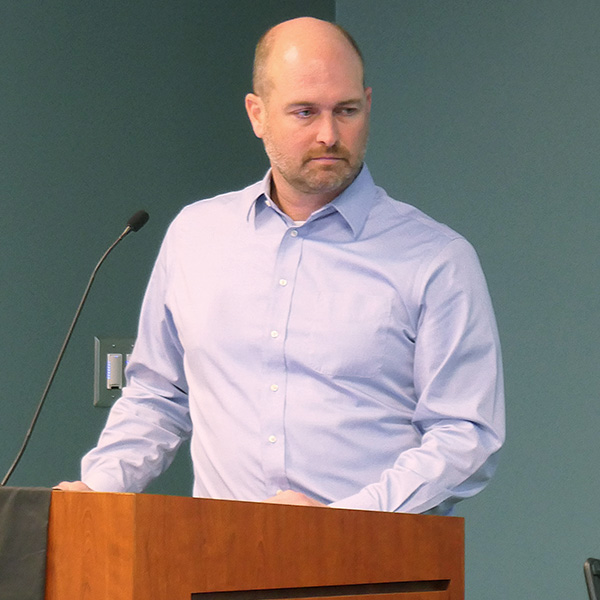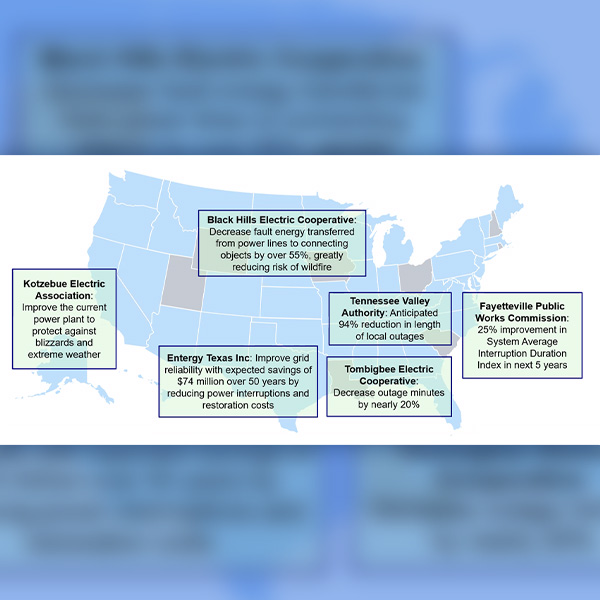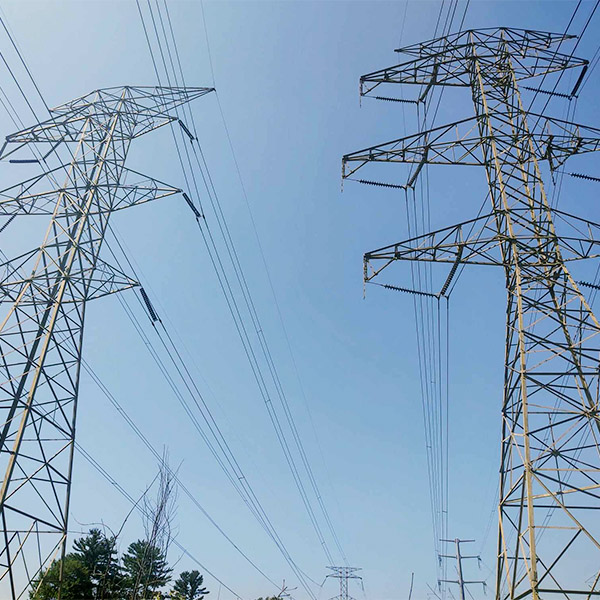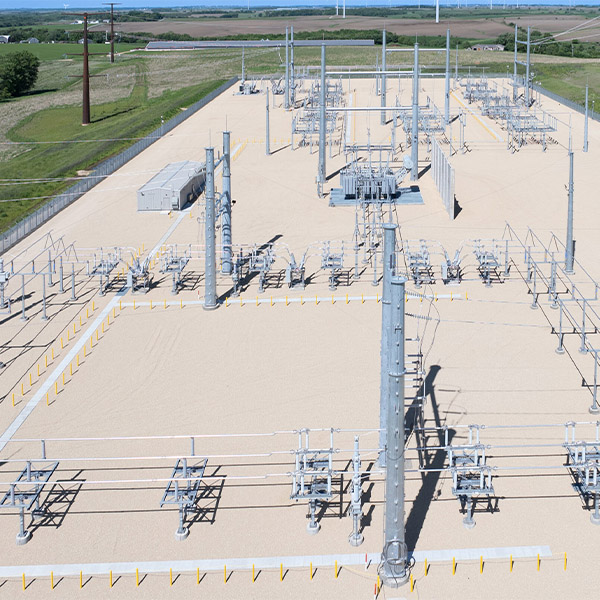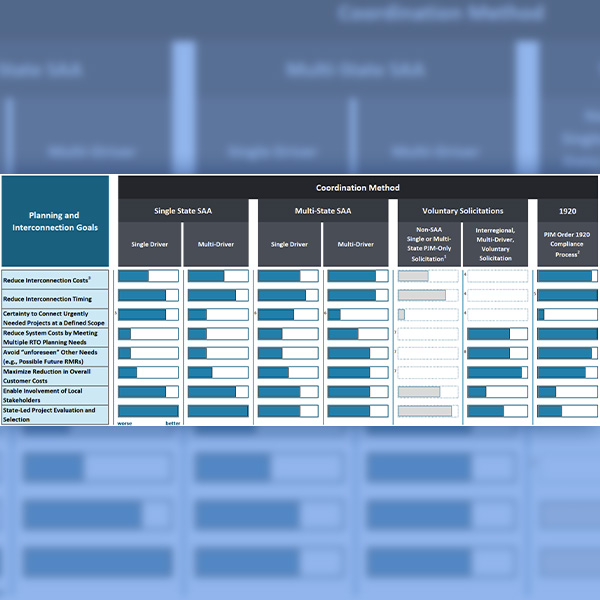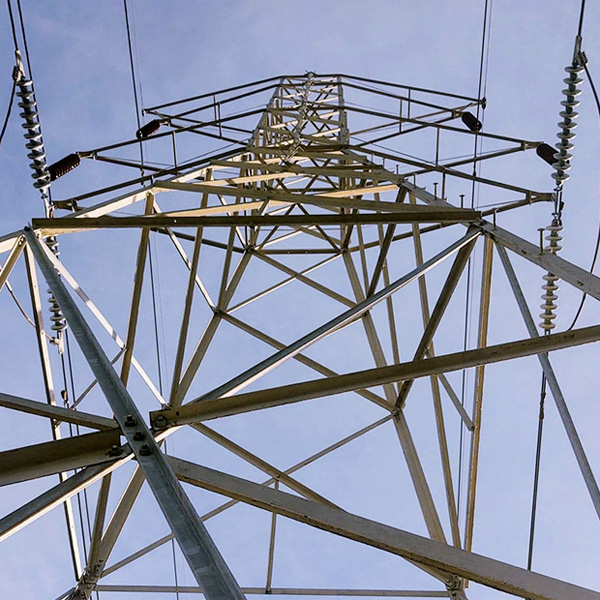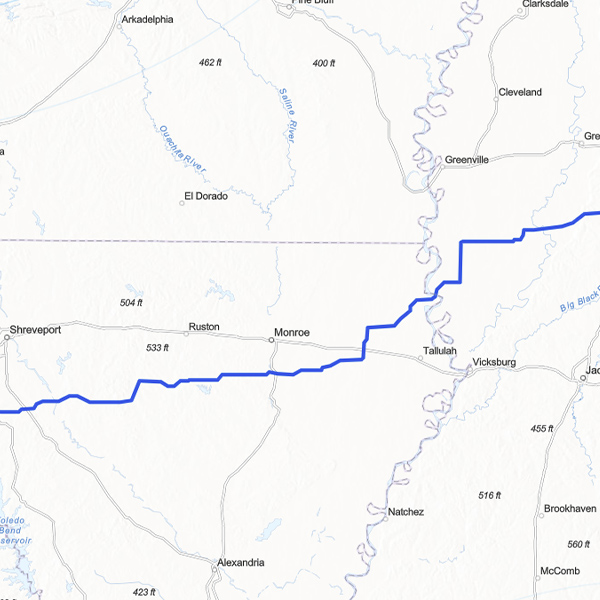Transmission
MISO is hesitant to grant a request from Michigan to give dispensations to distributed energy resources from its mandated affected studies that gauge transmission system impacts.
The U.S. Department of Energy announced almost $2 billion in new funding from the Infrastructure Investment and Jobs Act aimed at improving grid reliability and resilience.
FERC continues to fiddle with the return on equity MISO transmission owners can earn, this time setting the base amount at 9.98% while once again eradicating the risk premium model from the calculation.
Although it’s largely compliant with the directives of FERC’s Order 1920 on regional transmission planning, MISO intends to seek a yearlong extension of the June 2025 compliance deadline.
FERC acted on rehearing requests for Order 1977, finalizing the rules it will follow under limited backstop siting authority for transmission lines.
FERC Order 1920 eventually may provide a structure for long-term, interregional transmission planning, but its anticipated yearslong implementation could mean states will have to lead in planning nearer-term transmission needs, according to a report from the American Council on Renewable Energy and The Brattle Group.
The commission received dozens of comments on its advanced notice of proposed rulemaking that would require broad use of dynamic line ratings across the U.S. transmission grid.
Dominion Energy’s 2024 Integrated Resource Plan calls for major expansions of offshore wind, solar power and natural gas to meet surging demand in its territory.
Different industry stakeholders have estimated it may take five to 10 years for FERC Order 1920 to have any major impacts on transmission planning.
ERCOT and the Public Utility Commission have both knocked down recent media claims that a proposed HVDC transmission link between Texas and its Louisiana and Mississippi neighbors will bring the state’s grid under FERC jurisdiction.
Want more? Advanced Search
